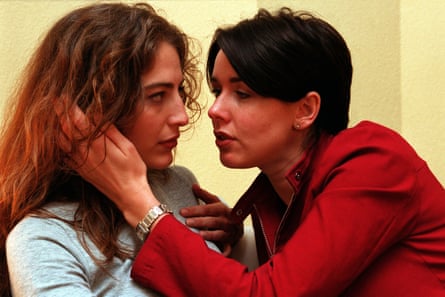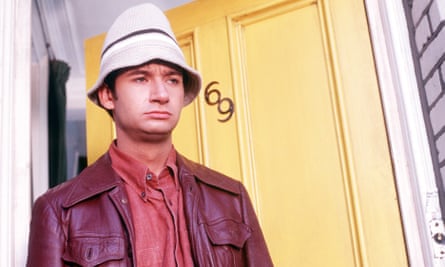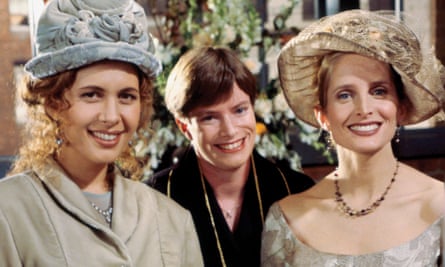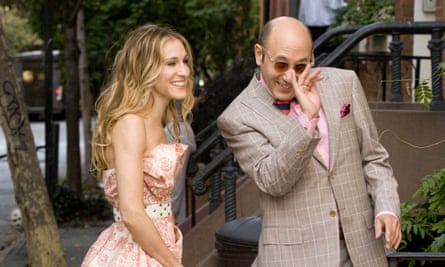The Disney Channel made history this week when the hugely popular tween sitcom Andi Mack introduced a gay storyline – the idea being to set a positive example to young kids who might be struggling with the realisation they are gay. The show, which has an average viewer age of 10, centres around Andi’s family and friendship dramas, and in Friday’s season two US premiere, Andi’s best friend Cyrus confessed that he has feelings for the same guy as her, their lucky classmate, Jonah.
The Andi-Jonah-Cyrus love triangle is the first gay storyline in the network’s 34-year history. While it is a little late, I say good for gay Gen Z. When I was 10, around the turn of the millennium, there were no LGBT role models on kids’ TV to speak of (that is, unless you wanted to do a deeper reading into Bernard’s Watch). Instead, I had to look to the telly my mum sometimes let me watch with her (if I had put my pyjamas on and brushed my teeth beforehand). Even there, LGBT characters were often in supporting roles, and definitely not for children.
Lindsey Corkhill, Brookside

Brookside was famously the first programme on a British terrestrial channel to air a gay kiss before the watershed. In 1994, Beth Jordache (Anna Friel) snogged her best mate, Margaret. Sadly, I was too young to witness this, and even more sadly, Beth got given a life sentence for murdering her abusive father shortly afterwards. But by the late 90s, when I was allowed to tune in, Claire Sweeney’s hard-as-nails night club owner Lindsey Corkhill was given a gay storyline of her own. Having only dated men previously, Lindsey fell wildly in love with a local lesbian, Shelley. But then Shelley did the unspeakable: tried to shag Lindsey’s mum, Jackie, while Lindsey was on holiday. And I still thought lesbianism was a good idea.
Tom Farrell, Gimme Gimme Gimme

Gimme Gimme Gimme was Kathy Burke’s quintessential 90s BBC sitcom in which two hapless roommates search for Mr Right. Only – plot twist – one is a woman and one is a man. Burke starred as Linda La Hughes, a foulmouthed red head, constantly teased by gay best friend Tom (James Dreyfus in full-on mince mode). I was only eight years old when it first aired, but I swear the camp opening credits set to Abba’s Gimme! Gimme! Gimme! spoke to me … albeit on a level I didn’t yet understand. Nor did I understand the jokes about anal sex or ecstasy.
Carol Willick and Susan Bunch, Friends

Until I discovered iconic lesbian sitcom The L-Word, Ross’s neurotic ex-wife, Carol, and her smug relationship with Susan was the only reasonable, desexualised depiction of lesbians I saw on screen. The One With the Lesbian Wedding – in which Carol and Susan get married – was one of my favourites, mostly because Ross comes round to the idea of their relationship. I know now that same-sex marriage was illegal at the time, and the episode caused a huge outcry (a kiss was banned by producers to keep this to a minimum). Yet the programme had the highest viewer ratings in America that week.
Stanford Blatch, Sex and The City

Stanford, the man who introduced me to the idea of the Gay Best Friend, in the early 2000s “let’s get brunch and go shopping” sense of the term. Stanford was Carrie’s confidante, and change of scene from the girls. Sometimes he was treated like as much of an accessory as Carrie’s Manolo Blahniks, but he was a much-needed TV depiction of a gay man who wasn’t ripped and muscly and didn’t have sex all the time. He was, loyal, kind, classy and the exact kind of gay you wanted to be best friends with.

Comments (…)
Sign in or create your Guardian account to join the discussion